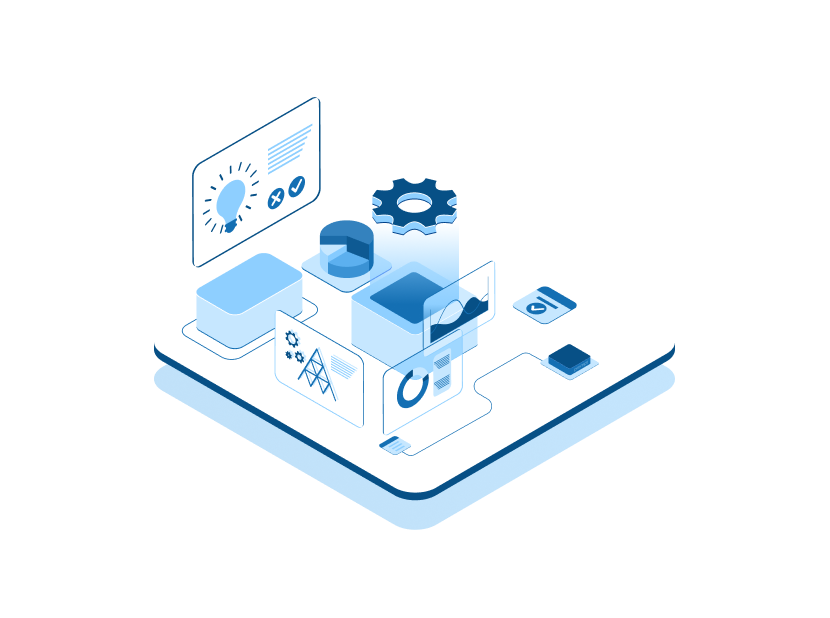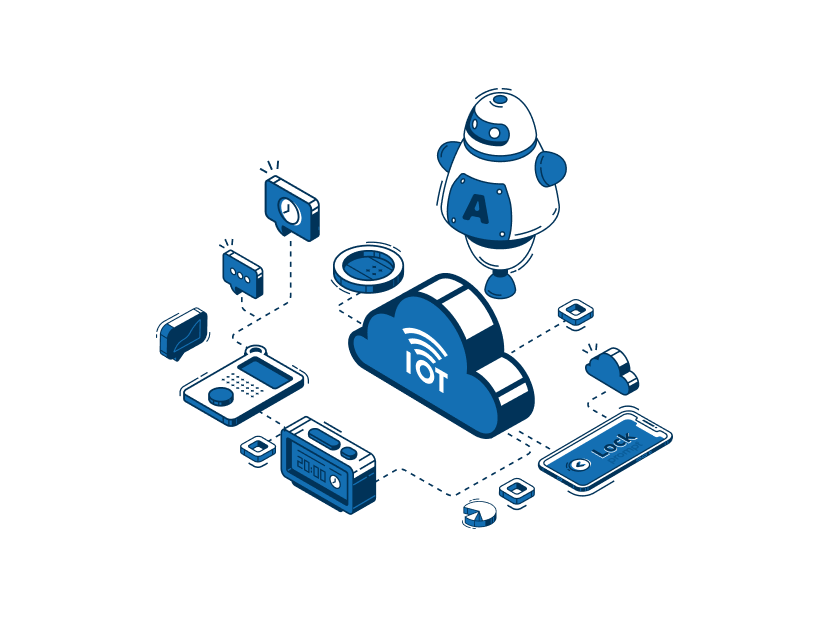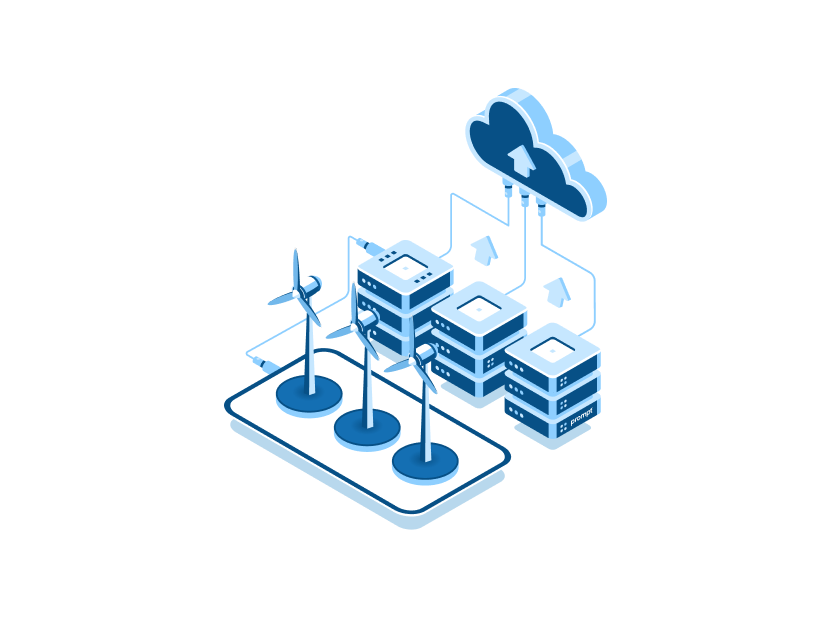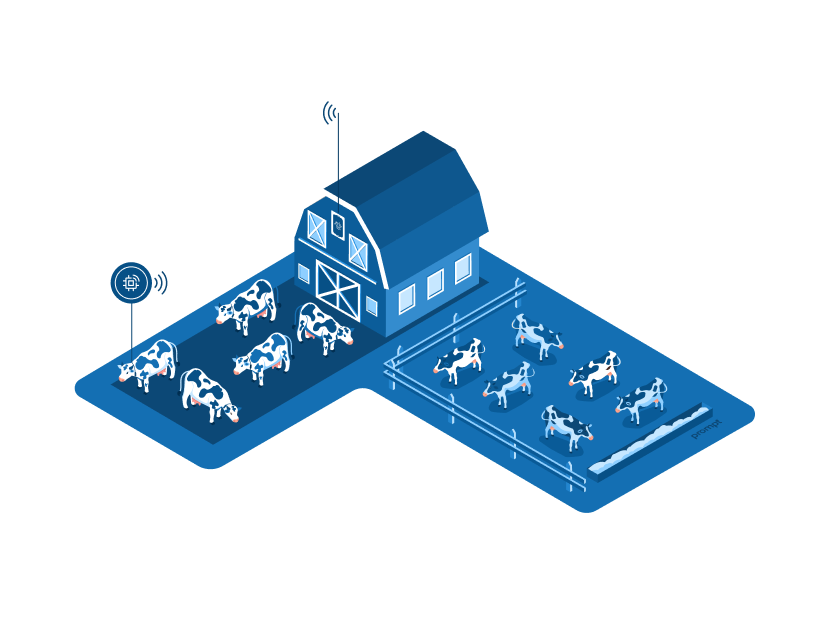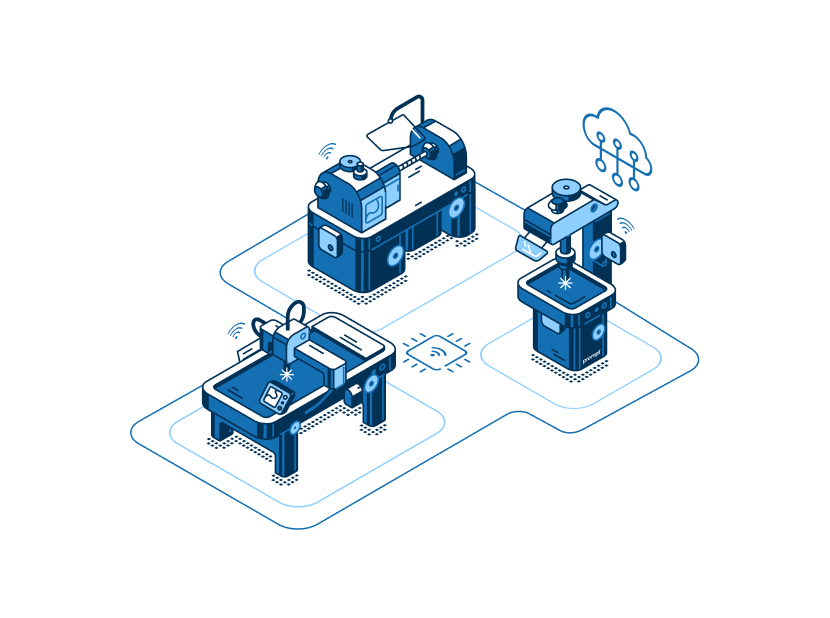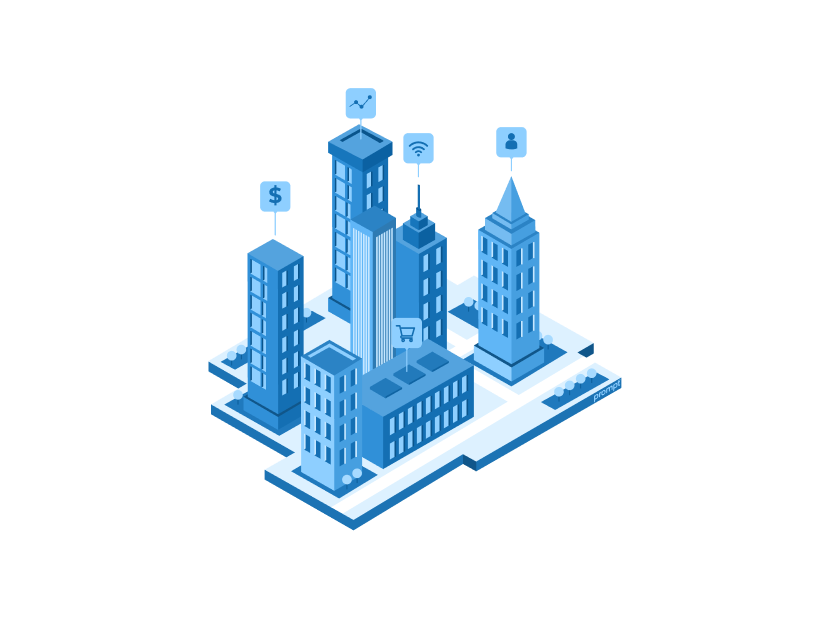The entire world is facing the inevitable digital transformation, which has not just changed the daily lives of ordinary men but has also changed the overall look of business operations in different industries. Technological progress and the introduction of innovative technologies like Artificial Intelligence (AI), the Internet of Things (IoT), and automation are supporting company leaders to operate at better efficiency than ever before. They are capable of generating more revenue and delivering better services without any compromise. Hence making the globe a better place in the process. But the question is-How?
Why is sustainability a better method?
For many years, organizations of all sizes have acknowledged the intrinsic value of social, environmental, and governance (ESG) ambitions regarding customer retention and seamless operation at every step. Sustainability plans are smart business steps that can support company longevity and keep customers returning.
However, many company leaders acknowledge the importance of sustainable initiatives, but only one-fourth have embraced sustainability as part of their business model, as per the International Institute for Management Development (IMD).
To get the most excellent prospect for long-term business success, the Switzerland-based company stimulates executives and company policymakers to follow local laws and rules and take a more proactive direction to sustainability.
Data and automation technologies support by offering tools to established companies and startups to meet their sustainability goals.
Smashing barriers and executing green initiatives:
Ideally, an organization’s sustainable ambitions should be genuine and environmentally oriented instead of being focused on making profits.
Today’s tech-familiar consumers are using their spending power to support environmentally aware companies and are even willing to invest a few extra bucks in sustainable products and brands.
Future-focused companies maintain transparency by revealing their sustainability goals and ambitions and promoting customer feedback.
However, feedback would only be so effective if it has the capability to churn some sense from it, and automation can become a complete game-changer in this matter.
Automation software can support this by reducing data interpretation burdens, allowing companies to accelerate their green initiatives and save money along with time.
For instance, by using automation software, companies can swiftly and easily track energy use, the amount of waste produced each day, consumer habits, carbon footprint, and many other things in order to streamline operations. Based on the amount of data collected, it could take months for humans worker to organize and analyze the relevant information properly. Technology makes things much faster with greater accuracy.
Data-powered insights to disclose optimization:
When we talk about a company’s sustainability goals, waste minimization must be at the forefront of the conversation. For a valid reason-It’s challenging to know the exact numbers in industrial waste production. Waste generation is a significant global problem and is expected to grow with time.
In addition, solid waste management is indeed a wasteful process in its own way, causing approx 1.6 billion tons of greenhouse gas emissions into the atmosphere in 2016 alone, as per data shared by the World Bank.
Manufacturing may profit from the data-automation-sustainability interplay in a massively wasteful industry, beginning with conservative inventory management. Extra inventory can block the supply chain and landfills. Nevertheless, using data-based insights and intelligent automation, businesses can thrive in the balance between large and less stock, greatly reducing waste, emissions, and overall environmental impact.
Improved efficiency of operations:
Waste arrives in different ways, and many businesses are guilty of wasting time. The saying “time is money” gets into the process here-ineffective and inefficient operations and redundancies can heavily disrupt the day-to-day processes while wasting time and money of the company.
The good part is that automation can bridge some gaps, boosting the efficiency of processes at each and every level of the supply chain.
Human error leads to inefficiency and wastes the time and money of the company, and now company owners across industries are noticing this. Companies can now reduce workplace stress and monotonies through workflow automation. It allows employees to concentrate on meaningful work that boosts efficiency and makes fewer errors.
Companies ready to embrace and enforce workflow automation into their sustainability program should start small and know the operations wherein automation will provide them with the best result. The adoption will help achieve financial goals, environmental goals, or another plan altogether.
Measuring Weighing cost vs. benefit:
For small business owners, executing sustainability initiatives may appear more like a pipe dream than an achievable goal, as the technology implementation is costly. However, businesses that have already adopted technology to drive sustainability must hire skilled employees who can potentially use these resources and streamline operations for enhanced economic and environmental benefit.
As companies can utilize automation and data analytics to improve efficiency, alter energy use, reduce waste and otherwise support using sustainability, the expense of financing in automation is worth it. By empowering company leaders to see the big and better picture regarding carbon footprint, data and automation can support optimizing operations and enhance a company’s bottom line.

